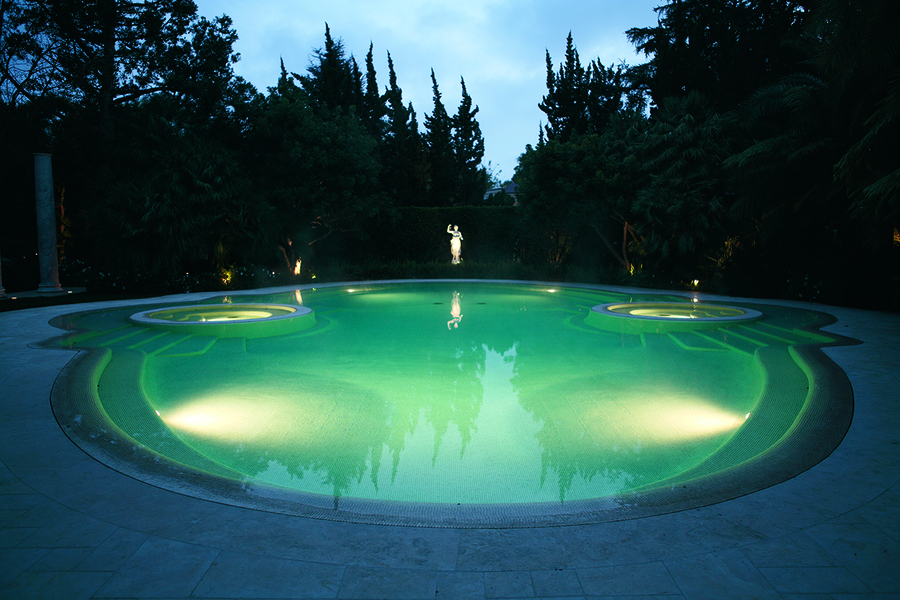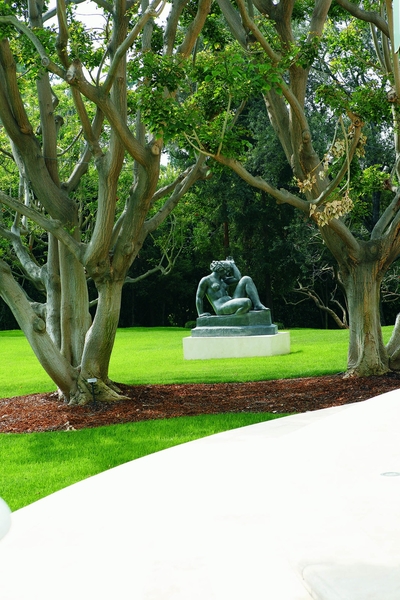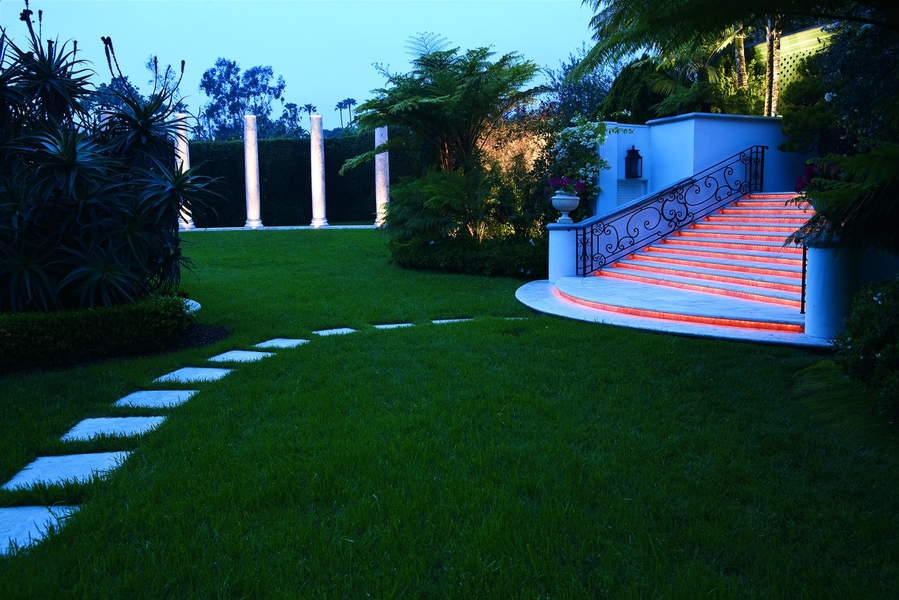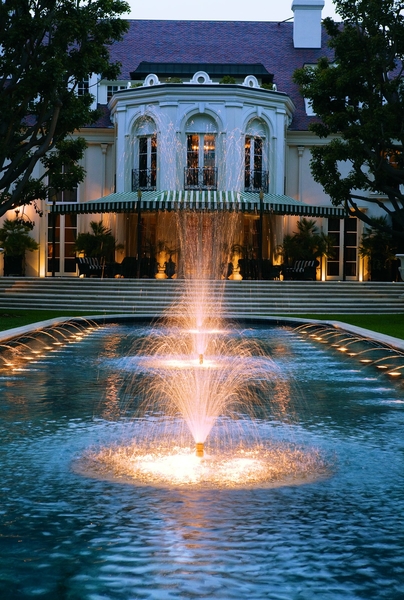At the beginning of the 1900’s, oil was the foundation of wealth for most of the prominent men in Los Angeles and surrounding counties. It was after making their fortunes in oil, that they turned their attention to the next most profitable venture, real estate. Land that had been purchased for oil production, but ended up dry and barren, became the perfect location for new developments. This is exactly how Beverly Hills was formed in late October of 1906.
The “father” of Beverly Hills, oil tycoon Burton Green, had claimed land throughout Los Angeles and Kern Counties for his massive oil production and was ready to step into real estate. He was President of the Rodeo Land and Water Company, and he had a large parcel of land that had not produced the oil he had hoped for. This was the perfect combination for beginning an elite community. With the help of realtor, Percy Clark, landscape architect, Wilbur Cook, and architect, Myron Hunt, Green turned acres of dusty bean fields into the impressive community of Beverly Hills.
In 1912, after the construction of the iconic Beverly Hills Hotel, Green began construction on his own estate, an 11-acre lot located between Hartford Way, Cove Way and North Crescent Drive. Green hired architect, Martyn Haenke, to design his massive home. Haenke was known for creating homes that were imposing and comfortable, but not architecturally fashionable. Green’s home featured a 25-by-30-foot reception hall, a 24-by-45-foot living room and a 24-by-35-foot dining room, all on the first floor of the home! The first floor also including an expansive library, breakfast nook, butler’s pantry and kitchen. The second floor was just as remarkable as the first, with five bedrooms that included a dressing room and full bath in each, a nursery and a sleeping porch for hot, humid California nights.
Green and his wife, Lillian, loved the panoramic view of their estate, which stretched all the way to Santa Monica Bay, and spent a lot of time outdoors. Their estate showcased their wealth and love of nature with full-grown oaks (transplanted from the canyons that surrounded Beverly Hills), cocoa palms, flowering trees and shrubs and other native plants. They built beautiful garden pavilions, added a pristine lake and built a playground so their three children could play while their parents relaxed and soaked up the sun.
As Beverly Hills grew, Green stayed focused on helping the Rodeo Land and Water Company prosper. Although he gained much wealth and prosperity from the building of Beverly Hills, he still focused much of his attention on his oil business and did not attempt another real estate development in his lifetime. He lived to be 96 years old and lived in his home on Cove Way until his death. He watched as many other large estates were sold and divided into smaller, more contemporary lots, but he knew that his initial vision for Beverly Hills had come true. After his death in 1965, the home was bought and sold three times.





